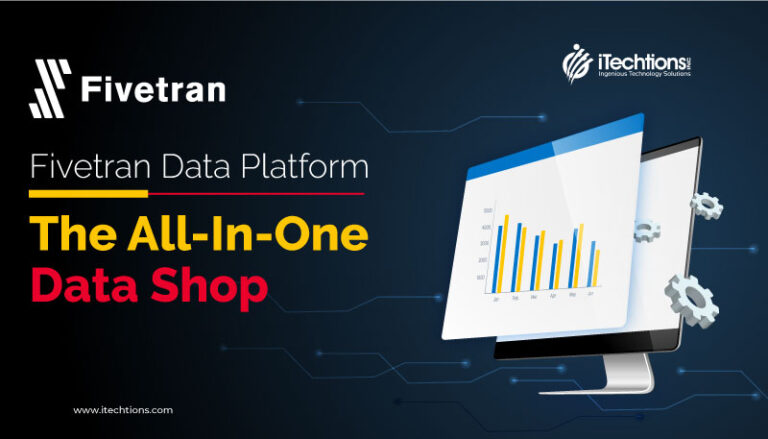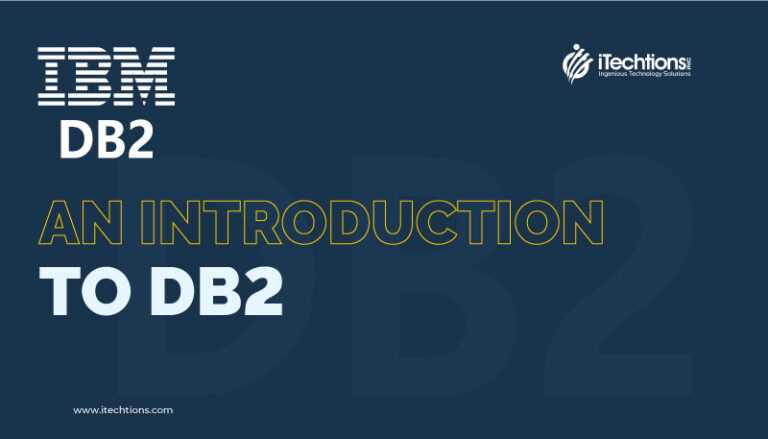Introduction
Jenkins, an open-source continuous integration (CI) server, is a powerful tool for managing the different stages of the software delivery process. Developed in Java and boasting hundreds of thousands of installations worldwide, Jenkins is a favorite among development teams seeking to streamline their development workflows.
At its core, Jenkins automates a multitude of tasks throughout the software development life cycle. It facilitates the building, testing, documenting, and deploying of software, making it an invaluable asset for any development team. By supporting continuous integration, Jenkins enables seamless integration of code changes from multiple developers into a single project. This eliminates the hassle of manually merging code and allows for more efficient collaboration within a team.
One of the key features of Jenkins is its ability to trigger builds based on code changes in popular code repositories such as GitHub, Bitbucket, and GitLab. This means that whenever a new commit is made or a pull request is submitted, Jenkins can automatically initiate a build process to ensure that the code behaves as expected and meets the predefined criteria. This not only reduces the risk of introducing bugs or errors into the codebase but also saves developers valuable time that would otherwise be spent manually triggering builds.
Furthermore, Jenkins seamlessly integrates with various build tools such as Maven and Gradle, further enhancing its capabilities. Developers can leverage these tools to define and manage their build processes, allowing for greater customization and control over the software delivery pipeline. Additionally, Jenkins supports container technologies like Docker and Kubernetes, enabling developers to easily test and package software releases within isolated environments.
The popularity of Jenkins can be attributed to its robustness, flexibility, and extensive plugin ecosystem. With a vast array of plugins available, developers can extend Jenkins’ functionality to meet their specific project needs. Whether it’s integrating with project management tools, version control systems, or even cloud platforms, Jenkins provides a wide range of options to accommodate the unique requirements of any software development project.
In conclusion, Jenkins serves as an essential tool for development teams seeking to streamline their software delivery processes. With its ability to automate various stages of development, support for continuous integration, integration with popular code repositories, and compatibility with build tools and container technologies, Jenkins continues to be a preferred choice among developers worldwide. By employing Jenkins, teams can focus their efforts on delivering
high-quality software, confident in the knowledge that their development pipeline is efficient, reliable, and scalable.
Architecture of Jenkins
Jenkins, known for its master-agent or distributed architecture, employs a highly efficient system for managing its operations. At the core of this architecture is the Jenkins Controller and Jenkins Agents. The Controller plays a crucial role in overseeing and coordinating the various aspects of the Jenkins system.
The Controller acts as the central command center, responsible for scheduling and managing build jobs. It selects the appropriate agent(s) to perform the build tasks efficiently and effectively. The Controller also handles the loading of plugins, which extend the functionality of Jenkins, enabling additional features and integrations.
Furthermore, the Controller ensures smooth project flow by coordinating the execution of build jobs. It monitors the progress and status of each agent, making sure that the jobs are carried out correctly and within the specified parameters. Once the build jobs are complete, the Controller presents the results to the developers, providing them with valuable insights to evaluate the success of their code changes.
The connection between the Agents and the Controller is established through the TCP/IP protocol. This communication protocol allows for seamless interaction between the Controller and the Agents. Agents receive instructions from the Controller and execute the build and execution-related tasks accordingly. This connection enables the distribution of work across multiple machines, maximizing efficiency and reducing the overall time required for the build process.
In the Jenkins architecture, Agents play a critical role in executing the build tasks. They act as the worker nodes, performing the actual build and execution-related operations. Agents are responsible for communicating with the Controller, receiving instructions, and reporting back the results and status updates.
The Jenkins architecture leverages the power of distributed computing by employing multiple Agents to handle concurrent build jobs. This distributed approach not only enhances the overall performance but also provides scalability to accommodate the increasing workload as the number of build jobs and developers grow.
In summary, the architecture of Jenkins revolves around the collaboration between the Controller and the Agents. The Controller manages the selection of appropriate agents, loading of plugins, and coordination of project flow, while the Agents execute the build tasks and communicate the results back to the Controller. This seamless connection and distribution of work across multiple machines form the backbone of Jenkins’ efficient and scalable build process.
Thriving Plugin Ecosystem
Jenkins is renowned for its thriving plugin ecosystem, which is a testament to the community-driven development and testing of these plugins. This community actively
contributes to the growth and improvement of Jenkins by providing integration points for a vast
array of CI/CD tools, version control systems, and other software. With the large number of available plugins in the Jenkins Update Center, estimated to be over 1500, users are spoiled for choice when it comes to expanding and customizing Jenkins’ capabilities. This vast selection of plugins reflects the importance and value the community places on extending Jenkins’ functionality to meet the diverse needs of organizations and individuals. Whether it is integrating with popular tools like GitHub, Slack, or JIRA, or adding specific functionality through plugins like the Build Pipeline Plugin or the Docker Plugin, the plugin ecosystem of Jenkins empowers users to tailor Jenkins to their specific requirements. The continuous development and adoption of new plugins clearly demonstrate the dedication of the community to keeping Jenkins at the forefront of continuous integration and deployment. Ultimately, this thriving plugin ecosystem plays a vital role in making Jenkins an indispensable tool for organizations looking to streamline their software development and delivery processes.
Easy Distribution of Work
One of the key features of Jenkins is its design for easy distribution of work across multiple machines and platforms. Rather than restricting the workload to a single computer, virtual machine, or container, Jenkins allows for the utilization of multiple Jenkins servers or agents to handle the workload, particularly beneficial for large projects.
In this distributed architecture, different builds and tests can be run simultaneously, with each agent running a different version of the code. A central controller is responsible for controlling and coordinating the operations, ensuring efficient execution of tasks. This design significantly accelerates the build, testing, and deployment processes, improving overall productivity and time-to-market for software development projects.
The benefits of easy distribution of work in Jenkins are manifold. Firstly, it enables parallel execution, allowing different stages of the software development lifecycle to be carried out simultaneously, resulting in faster feedback and quicker identification of issues. With simultaneous testing, problems can be detected earlier, leading to more efficient debugging and faster resolution.
Additionally, the scalability offered by multiple Jenkins agents is a notable advantage. As the size of projects grows, additional agents can be added to accommodate the increasing workload, ensuring that resources are efficiently utilized and project deadlines are met. This scalability proves particularly valuable for organizations experiencing rapid growth, as it allows for adaptable and flexible infrastructure.
Furthermore, by distributing work across multiple machines, Jenkins enhances security. With a centralized control system, access can be managed, and permissions can be assigned at the agent level, providing an added layer of protection. This distributed approach helps to mitigate the risks associated with a single point of failure, as multiple agents can continue operations even if one goes offline.
In conclusion, Jenkins offers a distributed architecture that simplifies the distribution of work across multiple machines and platforms. This design supports parallel execution, enabling faster build, testing, and deployment processes. The scalability and security advantages offered by multiple Jenkins agents make it an ideal choice for organizations of all sizes. By leveraging the power of easy distribution of work, developers can enhance their productivity, accelerate project completion, and improve the overall efficiency of their software development processes.
Final Thoughts
In conclusion, Jenkins is an essential tool for development teams seeking to streamline their software delivery processes. Its automation capabilities, support for continuous integration, integration with popular code repositories, and compatibility with various build tools and container technologies make it a preferred choice among developers worldwide. The architecture of Jenkins, with its collaboration between the Controller and Agents, enables efficient management and execution of build tasks. Additionally, the thriving plugin ecosystem further enhances Jenkins’ functionality, allowing users to customize and extend its capabilities. By leveraging the power of Jenkins, teams can optimize their development pipelines and deliver high-quality software efficiently and reliably.









